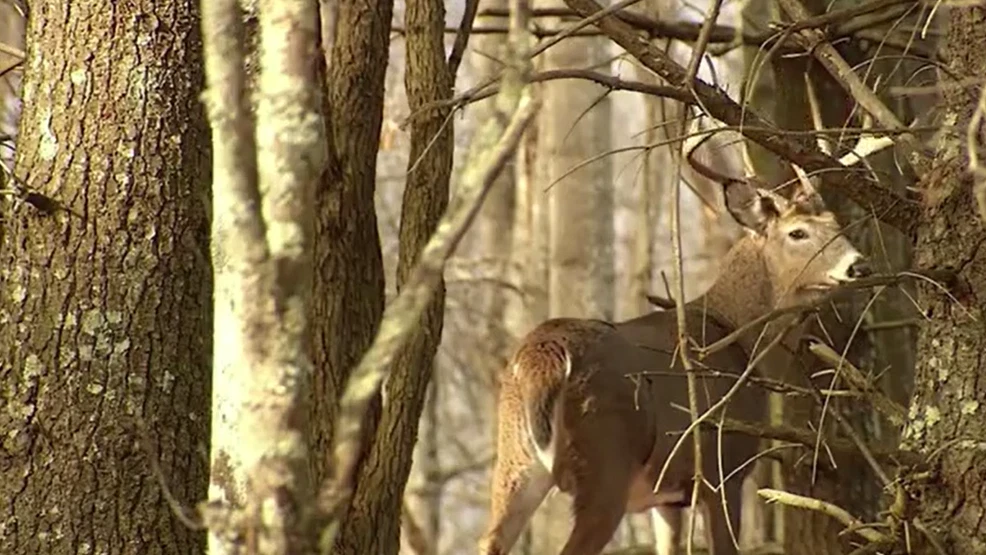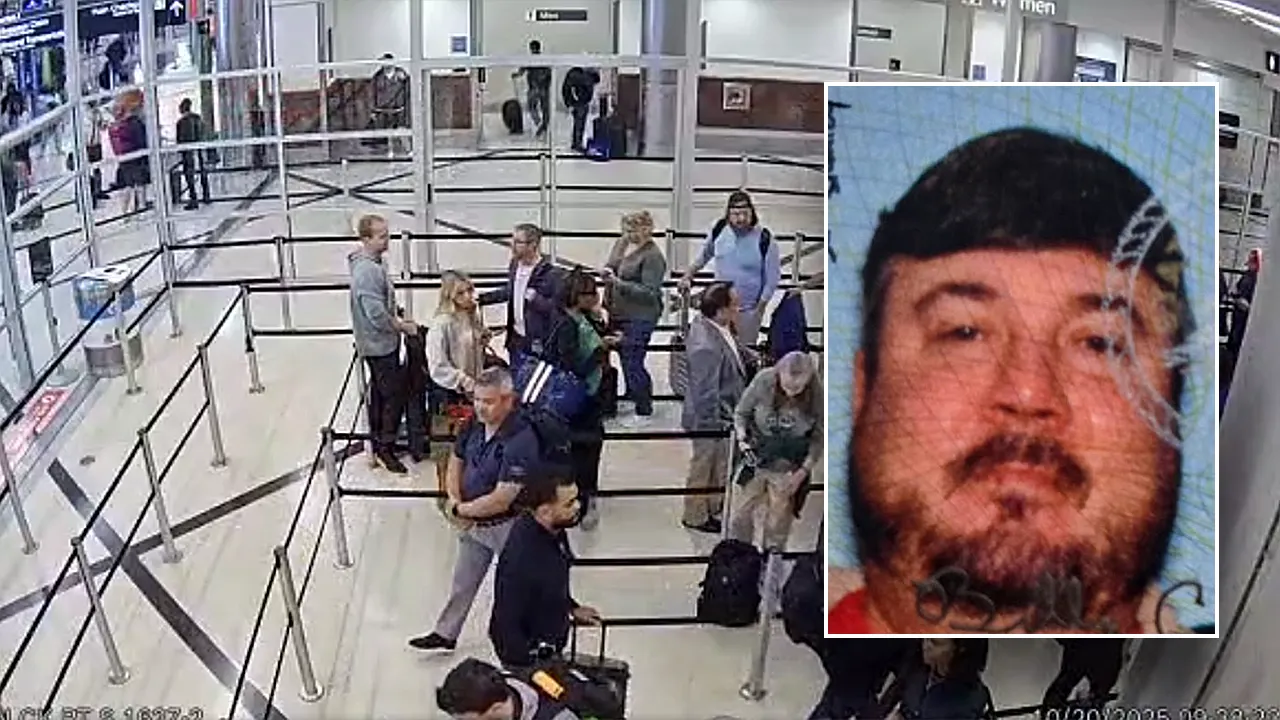Copyright WJLA

As the leaves turn and the mornings grow cooler, fall brings not just pumpkin spice but new driving hazards across the D.C., Maryland and Virginia region. Wet leaves, patchy fog, early frost, and—most dangerously—deer are among the biggest threats to drivers this time of year. According to the Insurance Institute for Highway Safety (IIHS), November is the peak month for deer-vehicle collisions nationwide, with more than 1.5 million deer-related crashes occurring every year across the U.S. These crashes cause over $1 billion in vehicle damage and around 200 fatalities annually. In the DMV, where wooded roadways meet busy highways like I-495 and Route 7, those odds are even higher. That’s why this week, in Part 3 of my 4-part driving safety series, I took on one of the most nerve-wracking scenarios any driver can face: something suddenly in your path — and you have just seconds to react. The Lesson: Always steer toward “positive pace” At the Summit Point Training Facility in West Virginia, driving instructor Kevin Plumer showed me what professional drivers call steering to the positive space — focusing on where you want to go, not the danger in front of you. “When something drops off a truck or a deer runs out, you have one or two seconds to decide,” Plumer said. “What’s around you matters most. Swerving blindly into another lane can be worse than hitting what’s ahead. Look for open space — that’s your escape path.” It’s a lesson rooted in science. The National Highway Traffic Safety Administration (NHTSA) said overcorrecting or oversteering after an obstacle is a leading cause of single-vehicle crashes, especially on highways or wet roads. The Demonstration: Brake, steer, soften and look ahead To put the theory to the test, Kevin set up a cone course simulating that split-second choice: a deer or a child darting into the road. I got behind the wheel to try it myself. “If I completely compress the brake pedal and try to turn the wheel, I’ll lose control," Kevin said. "So as I’m turning, I ease off the brake slightly to allow the car to steer, then get right back on once I’m through. It’s all about blending your inputs.” The key takeaway? Don’t just react — direct. Keep your eyes on the clear, open space where you want to go, not on the obstacle you’re trying to avoid. Quick tips for D.C.-area drivers this fall Stay alert during dawn and dusk. Deer are most active between 5–8 a.m. and 6–9 p.m. Avoid slamming your brakes if a deer is close behind another. They often travel in groups. If you must swerve, scan your surroundings first. Avoid turning into oncoming traffic or fixed objects like trees and guardrails. Keep tires properly inflated and brakes checked. Wet leaves can reduce traction almost as much as ice. Why It Matters This Season With shorter days, cooler nights, and fog-prone mornings, road conditions across the DMV change quickly. A patch of wet leaves or an unexpected animal can turn a routine commute into a dangerous situation. Practicing controlled braking and steering now could make all the difference later. As Kevin reminded me at Summit Point, “Eyes on your escape path — that’s where your hands and car will follow.” That’s advice worth holding onto — especially when seconds count.



